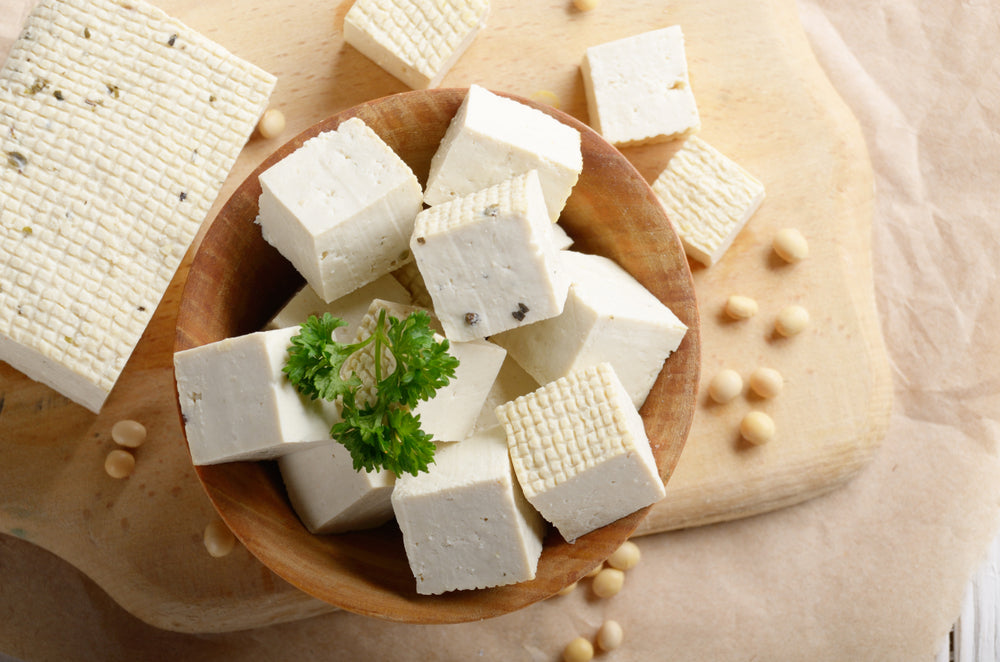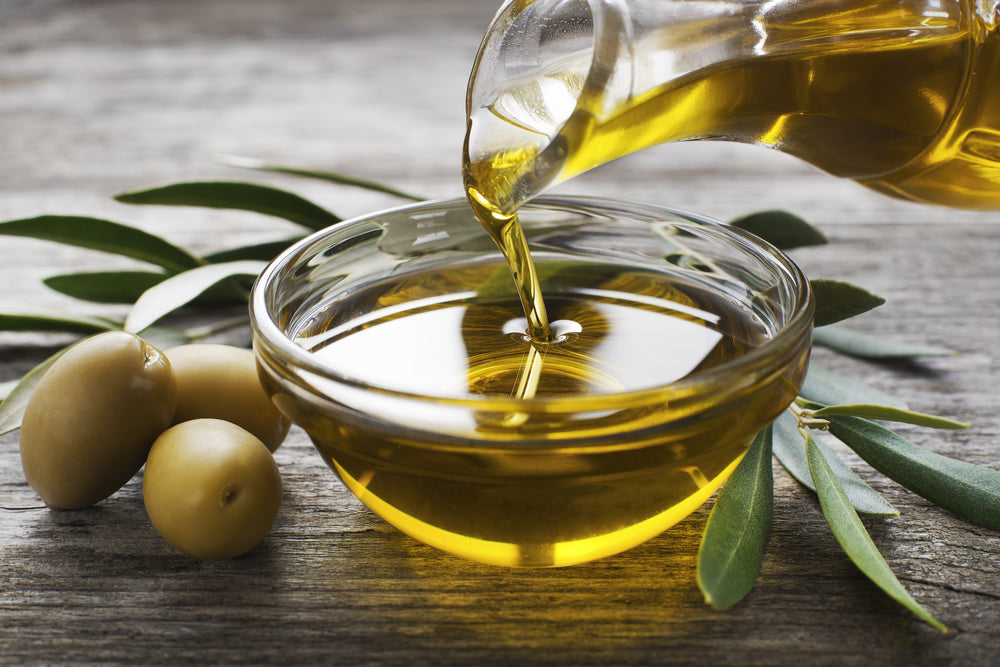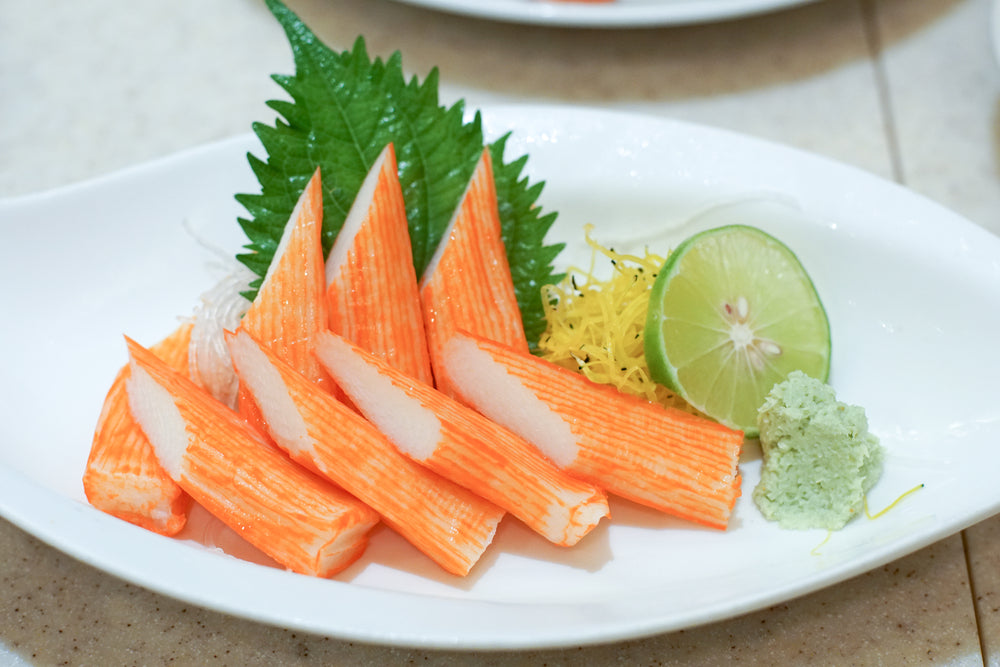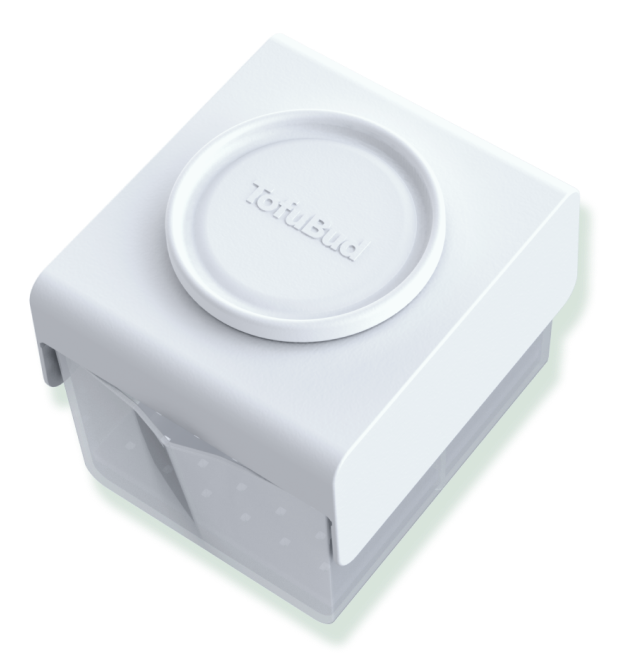These two ancient flatbreads date back 8,000 years as an inexpensive staple with readily available ingredients. Today we pair these two with all sorts of Middle-Eastern dishes, and though they may share a similar look, they do slightly differ!
These two Middle-Eastern flatbreads may look pretty similar, but one doughy bite will tell you that naan bread and pita bread are remarkably different in flavor and texture.
However, what a bite can’t tell you are the different ingredients, cooking methods, and health benefits that each of these types of flatbread can offer us.
Whether you’re sopping up a warmly-spiced curry with a torn shred of naan or enjoying a lamb gyro, you’re sure to love both flatbreads.
What is naan bread?
This leavened Indian flatbread has roots in Persia and is an ancient staple for many West-Asian cultures.
Indian white flour gives naan a delicate texture as it cooks quickly in a hot tandoor oven - this rich bread is the best way to scoop your favorite daal or curry.
What is a pita bread?
Pita bread originates in the Mediterranean and Middle-East, and like naan, it’s a leavened flatbread.
It has a much lighter texture than naan and usually an air pocket in the middle, which forms during the steaming process.
Naan bread vs. pita
Both of these flatbreads are delicious in their own right, but let’s break down the pros and cons of each.
#1: Ingredients
Pita recipe: Basic ingredients
The recipe for pita bread is a straightforward one. The essential dough ingredients are water, flour, yeast, salt, and occasionally oil or sugar.
By staying away from softening ingredients, a pita stays firm enough to wrap around all of your favorite fillings without crumbling apart in your hands.
The recipe is simple to toss together and much less expensive to make than the more-complex naan flatbread.
Naan recipe: Basic ingredients
The ingredients in naan bread are a little more complicated than those in a pita - and with so many variations, there isn’t one consistent ingredients list.
The typical naan recipe will always include flour, water, yeast, and salt. From there, you’re likely to see many of these ingredients often:
- Yogurt
- Oil
- Milk
- Baking Powder
- Eggs
- Butter
- Ghee (clarified butter)
These extra elements make naan softer and more pillowy than a dense, almost dry pita, but it also means vegans need to check their ingredients list well to ensure the recipe is plant-based.
#2: Cooking methods
Pita cooking: Steamed pockets
A conventional oven cooks pita bread to perfection without needing special tools. As pita dough cooks in the oven, the water in the recipe fills the flatbread with steam to create the signature pocket we see in our pitas.
While many choose to wrap their fillings in a pita burrito-style, you can also open up this pocket and throw your fillings inside.
Naan cooking: Tossing dough balls into the tandoor
We haven’t tried to personally, but cooking naan bread sounds like a pretty fun experience.
Bakers usually use a tandoor for cooking their naan, an Indian clay or metal oven with an opening in the top. They build balls of naan dough and slap them directly on the walls of a tandoor oven to bake - this is why the resulting naan is browned and crispy in certain spots.
Once the naan cooks, they remove the flatbread from the tandoor with a stake. While naan doesn’t contain a pocket like a pita, it often has smaller air pockets scattered throughout the bread.
Much modern naan is cooked in the oven instead, as more and more people drop some cultural traditions for the sake of convenience.
These flatbreads can also be made in a cast-iron skillet, though the texture may change slightly with different cooking techniques.
#3: Health benefits & nutrition
Pita bread benefits & nutrition facts
Serving: 1 large pita
- Calories - 165 kcal
- Fat - 0.7 g
- Sodium - 322 mg
- Carbohydrates - 33.4 g
- Fiber - 1.3 g
- Sugar - 0 g
- Protein - 5.5 g
Is pita bread healthy?
A pita has a few straightforward ingredients, which gives it a competitive edge healthwise. These flatbreads are relatively low in fat and calories, making them an excellent choice for a low-calorie diet.
The protein content is relatively high considering the total calories, but so are the total pita bread carbohydrates. Bread, including pita bread, is generally not a great choice if you’re on a low-carb diet like Keto.
This flatbread contains some vitamins and minerals, but pita isn’t a significant source of many nutrients other than fiber and protein.
Naan bread benefits
Serving: 1 large naan flatbread
- Calories - 262 kcal
- Fat - 5.1 g
- Sodium - 419 mg
- Carbohydrates - 45 g
- Fiber - 2 g
- Sugar - 3.2 g
- Protein - 8.7 g
Is naan bread healthy?
Naan usually includes the same ingredients as pita bread but with a few extras like yogurt and ghee, which increase the naan calories and fat content. The carbs in naan are slightly higher than those in a pita, though these numbers will vary from recipe to recipe and change with the flatbread size.
While it’s a more decadent bread, naan bread nutrition offers a little more than a pita will - the iron content tends to be a lot higher with the addition of yogurt, along with the protein and some other essential vitamins and minerals.
The fiber content is slightly higher too, so while a piece of naan might set you back more calories, it may also keep you full for longer, which can help you eat fewer calories throughout your day.
#4: Uses
Conventionally, we use pita bread to create a wrap, though many also enjoy tearing off pieces to dip in a bowl of hummus.
Naan bread is served as a side for Indian curries as a piece of deliciously edible cutlery.
While these are the more traditional uses for these foods, we encourage stepping outside of the box and finding alternative ways to use these two flatbreads - they both make a pretty delicious pizza under the broiler.
#5: Texture & flavor
Dense, firm pita
A simple pita recipe is relatively dry and chewy and may be prone to splitting if it contains too much whole-wheat flour. When made with bread flour, pitas can be a little softer and more pliable to wrap around all of your favorite foods.
Pita bread contains only a few essential ingredients, so its flavor is very light, which helps it pair well with almost any meal.
Soft, pillowy naan
The creamy dairy ingredients in naan bread give it a moist, soft texture bite and a more complex flavor. We often top naan with garlic, oil, or ghee, enhancing the taste even further.
Final notes on the difference between naan and pita
Naan and pita are both excellent flatbread options for almost any meal. Who doesn’t want a little bit of bread to enjoy with breakfast, lunch, or dinner?
But, the flatbread options don’t stop there - we’re also a big fan of flour and corn tortillas. Are tortillas vegan? Find out more here.








Leave a comment (all fields required)